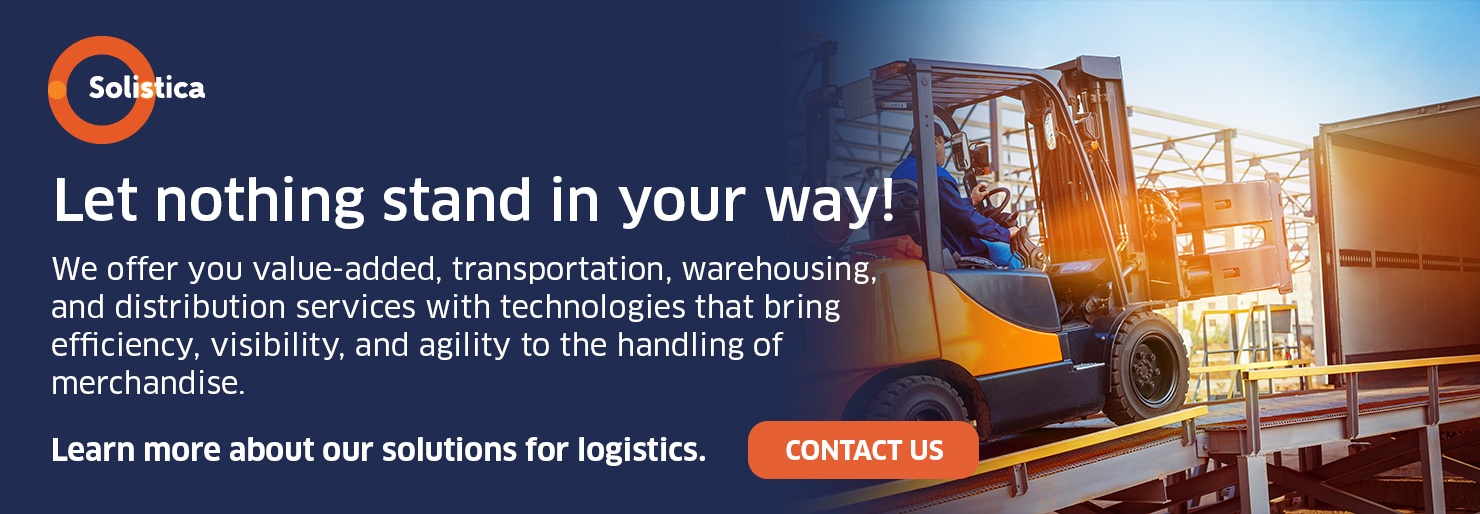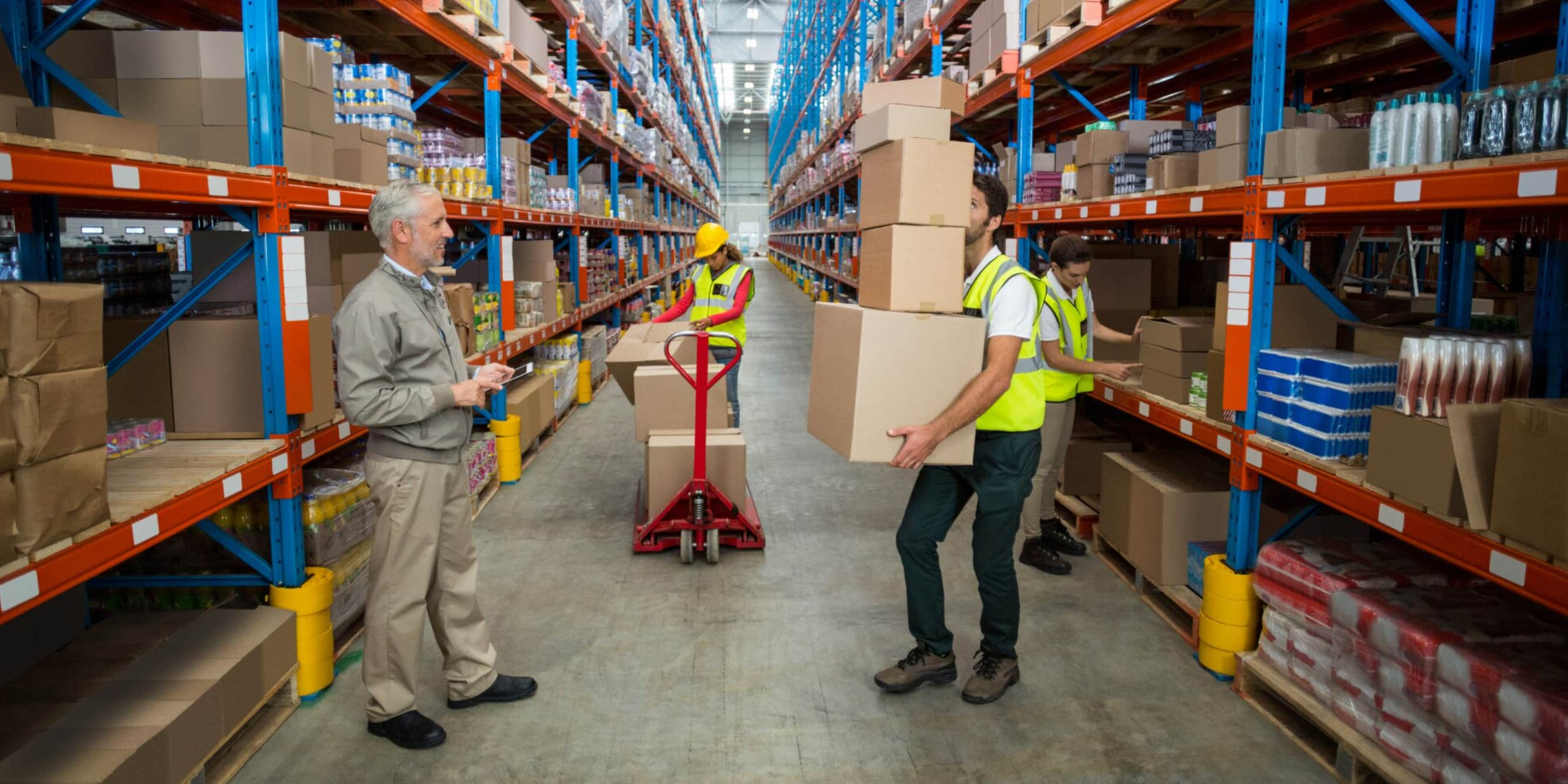Supply chains give great competitive and commercial advantages to companies; however, managing them presents quite a few challenges, which we need to address or prevent to avoid major interruptions and bad experiences.
For example, automaker BMW recently had to stop its production of the Series 3 line in Germany, China, and South Africa because the gearbox supplied by Bosch presented problems. The financial impact of this interruption was so great that BMW went for compensation.
Besides avoiding these types of delays, a proper management of the supply chain enables the monitoring of raw materials, improve the inventory levels so we can lower costs, synchronize the offer with the demand, maintain visibility, and guarantee the availability and delivery of products.
These are some of the challenges supply chains face today:
-
Globalization
Some companies look to lower costs by moving their operations to countries with lower taxes and cheaper labor, transportation, and materials; therefore, the supply chain is hurt because working with suppliers from different regions makes it harder to meet the deadlines and give visibility in real time.
-
Technological Innovation
Big Data, artificial intelligence, and machine learning have been challenging the costs structures, compliance measures, and supply capacities. Furthermore, information coming from suppliers, clients, and partners consists of structured and unstructured data, which makes it harder for us to analyze and interpret it.
-
New Markets
Clients now have access to smarter and more informed decisions, and their behavior depends more on cultural, social, environmental, and personal factors that quickly evolve alongside globalization and technology. This has forced companies to reinvent themselves to understand and adapt to the needs and preferences of their clients, which demands a flexible supply chain that withstands product updates and redesigns.
-
Continuous change in the demand
Today, manufacturing costs must be kept low because products have increasingly shorter life cycles. Product updates, gaining new suppliers, and delivering to new locations force companies to develop agile and foreseeing supply chains that can respond to the fluctuations of the demand and of the production.
-
Quality
The digitalization of consumption that came from using the internet and social media has heightened the expectations of final customers in relation to product quality; this has resulted in companies implementing certifications and regulations for all the stages of the supply chain. Companies must meet all the applicable licenses and permits for manufacturing, packaging, product handling, and shipping, which help them keep and improve their reputation and guarantee safety.
-
Reliability
Companies must partner only with reliable and regulated suppliers so they can avoid information leaks and operational risks. They must proactively manage all the processes and data to minimize any possible interruptions.
-
Last Mile
Traffic jams, pedestrian crossings, parking problems, and restricted hours are common issues affecting the supply chain’s last stage. It is important for logistics companies to look for efficient fleet and risk management solutions (TMS); they should also look for environment-friendly freight alternatives to cover the final delivery stage.
-
Environmental Regulations
Sustainability and caring for the environment are always in the agenda of logistics companies, which in turn demand from suppliers to be more respectful of the environment and more efficient in terms of sustainability. The operations of logistics companies are now subject to new regulations that demand more efficient, profitable, and more eco-friendly vehicles, forcing logistics companies to make major investments to renovate their fleets and improve their performance.
To successfully plan a supply chain, we need to understand our business in depth, have experience in foreseeing the demand, and have technological solutions that yield relevant information in real time.
Next, we show next some strategies to help you cope with the challenges described above:
- Technological Integration: with this integration, we take unprocessed information and turn it into formats compatible with different management systems, which ensures an uninterrupted flow. By linking our management systems with those of suppliers, clients, and partners, we increase visibility and improve our control over supply processes like procurement, manufacturing, warehousing, and transportation.
- Synergy among involved parties: to face these challenges from all sides and adapt to new markets and consumers, we need to focus on clients and coordinate all parties involved (employees, suppliers, partners, and organizations.)
- Applying the 4Rs: reduce, recycle, reuse, and recover. Reducing means cutting all unnecessary resources; recycling means reprocessing a material to avoid waste; reusing means finding a way to use still functioning products again; and recovering means to salvage materials and use them as raw materials.
- Environmental certifications: because sustainability is in high regard, obtaining certifications that ensure our respect of the environment and renovating our fleet with more efficient, profitable, and eco-friendly vehicles may be good strategies for facing the challenges arising from environmental policies.
- Add value: manufacturing a good product is no longer enough, service should also be a differentiator now. A positive purchasing experience is a competitive advantage, which clients consider when making a decision.
Technological solutions make it easier for us to overcome the challenges of the supply chain. Thanks to these tools, manufacturers can align their supply capacity to the market’s constant demand. This capacity to respond is a differentiator that keeps them competitive. When we consider that supply chains face constant internal and external challenges, having a scalable and interoperable platform to optimize and plan the supply chain can ensure its excellent performance.
By managing and integrating this data, we improve the forecast of the demand, the administration of inventories, the procurement of materials, the restocking of goods, and the delivery of orders.
To optimize the efficiency of the supply chain, we recommend getting in touch with a specialized logistics company like Solistica; a company that knows how to foresee the fluctuations in the demand by using innovating technologies.




